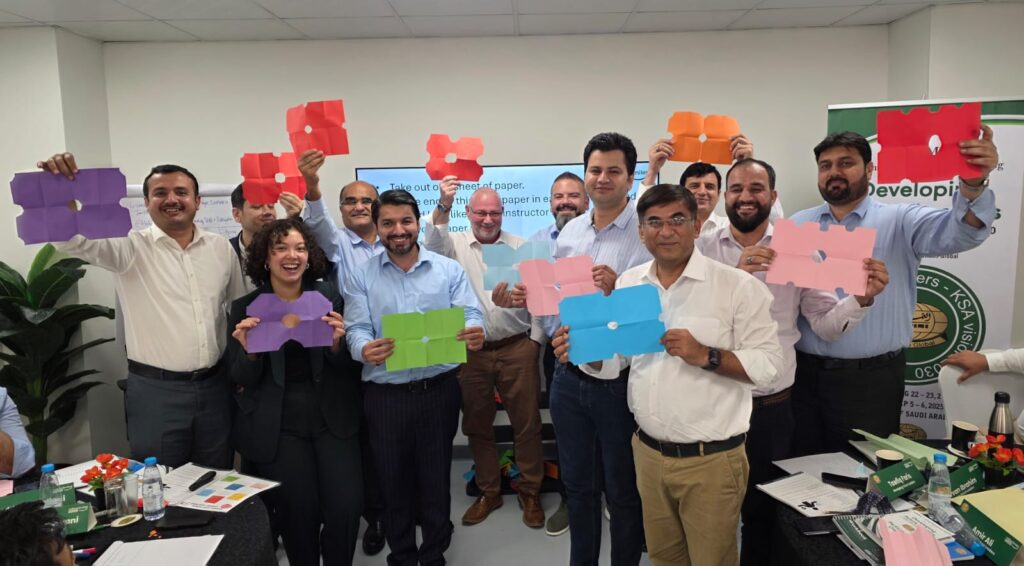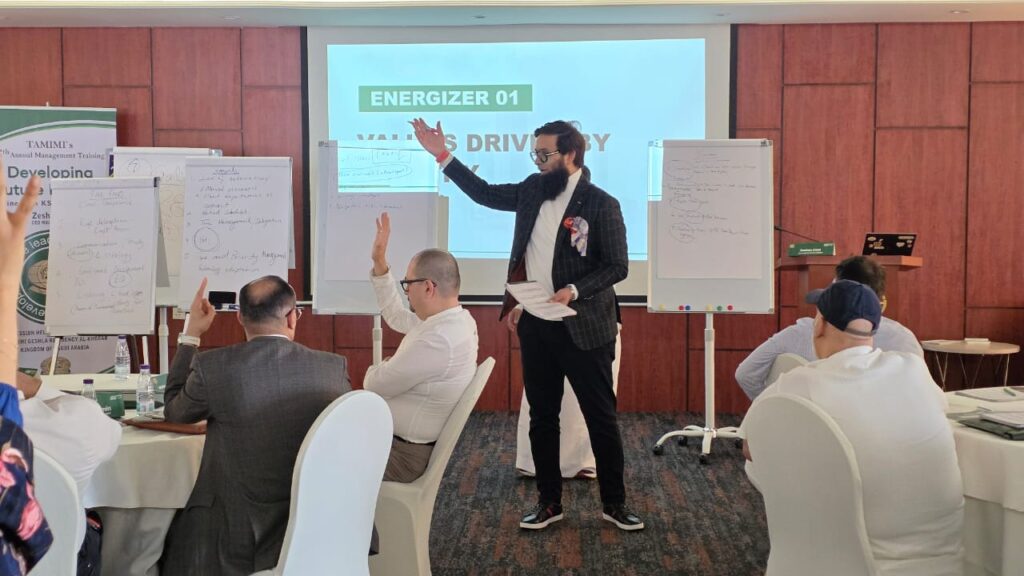Organizational Structuring & Succession Plan
- Home
- Organizational Structuring & Succession Plan
- MODULE E
Organizational Structuring & Succession Plan
- Introduction and Objectives
- Key Roles and Positions
- Talent Identification
- Leadership Development
- Emergency Succession Plan
- Governance and Accountability
- Implementation Plan

Introduction & Objectives
Define the purpose and goals of the succession
plan. This involves:
- Objectives of the plan
- Alignment with organizational goals
- Importance of succession planning
Key Roles & Positions
Identify roles critical to the organization’s
success. This involves:
- List of critical positions
- Description of roles and responsibilities
- Criteria for identifying key positions
Talent Identification
Recognize potential successors for key roles.
This involves:
- Criteria for talent assessment
- Process for identifying high-potential employees
- Talent pool creation
Leadership Development
Prepare employees for future leadership roles.
This involves:
- Development programs (e.g., training, coaching, mentoring)
- Leadership competencies
- Career progression pathways


Emergency Succession Plan
Develop contingency plans for unplanned
vacancies. This involves:
- Interim leadership arrangements
- Roles and responsibilities during transitions
- Risk assessment of critical roles
Implementation Plan
Define the steps to execute the succession
strategy. This involves:
- Action plan for implementation
- Key performance indicators (KPIs)
- Resource allocation
Governance & Accountability
Develop contingency plans for unplanned vacancies. This involves:
- Role of the succession planning committee
- Reporting lines and responsibilities
- Monitoring and evaluation process




